
- Share this page
Share this page
- EN
Select Language
- FAVORITES
- Search
Detailed search: You can do a detailed search by keyword, genre, time, area and tag.
Main content starts here.
- Visit Tokyo |
- SPOT |
- Northern Tokyo |
- Shibamata – home of Tora-san and Taishakuten |
- Kameari, Setting for Manga "Kochikame," Blends Traditional Local Culture and Modernity
added on : May 26, 2025
Kameari, Setting for Manga "Kochikame," Blends Traditional Local Culture and Modernity
Kochikame Museum, Katsushika Iseya Kameari Honten, Pochikame, SKAC
Your current location:
東京北部
柴又
Kameari is a traditional shitamachi neighborhood in eastern Tokyo, known for its local culture. It's also the setting for a beloved manga-turned-anime, "Kochira Katsushika-ku Kameari Koen-mae Hashutsujo," known affectionately as "Kochikame" in Japanese and "KochiKame: Tokyo Beat Cops" in English.
Kochikame is a police comedy manga that was serialized in "Weekly Shonen Jump" for 40 years and is well-known for its colorful characters and gag-based humor. Because of Kochikame's enduring popularity, Kameari has become a destination for fans who want to visit the locations depicted in the series. The neighborhood is home to Kochikame Museum, opened March 2025; a popular confectionery store that appears in the pages of Kochikame; and manhole covers and statues that feature the manga characters.
The new stores under the train tracks are also drawing attention and bringing a new cultural facet to Kameari. This hidden gem of a neighborhood is a unique blend of old Tokyo and new cultural destinations. Walking through its streets reveals plenty of places to visit.
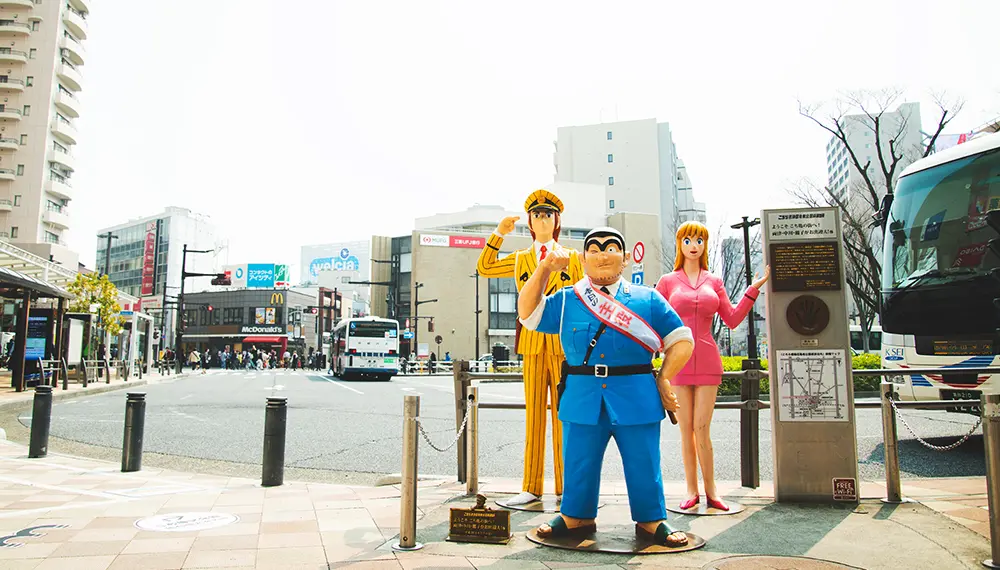
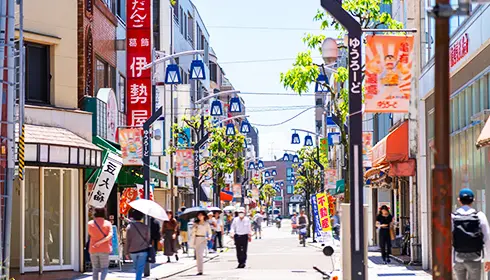
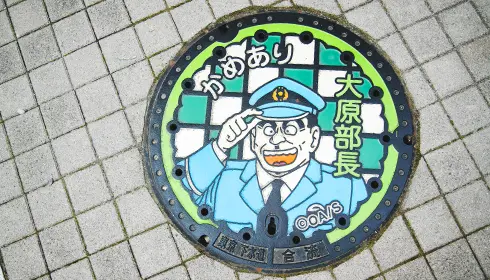
A new destination for die-hard manga fans — Kochikame Museum
Kochikame is a comedy manga written by Osamu Akimoto that ran in Weekly Shonen Jump from 1976 to 2016, with 201 volumes published to date. It follows the lives of police officers working at a fictional police station in Kameari. The unconventional main character, Kankichi "Ryo-san" Ryotsu, is a middle-aged cop always attempting new get-rich-quick schemes that inevitably fail.
Kochikame Museum, which opened in March 2025, displays materials related to this beloved series. The museum is designed as if Ryo-san decided to build a museum in his own honor on top of the police station where he works. The building's entrance is a recreation of the series' police station, and signs throughout the floors depict Ryo-san running away from his superior officer. This fun, quirky design immerses visitors in the world of Kochikame and its main character.
When you visit, first take the elevator to the fifth floor, which displays Kochikame-related vintage products and items that Akimoto used as references for his artwork. It also has a mock shrine that Ryo-san built in one well-known story. At the shrine, you can get a Kochikame-themed omikuji, or paper strip that tells your fortune. You can even ring the shrine's bell.
Then, walk down the stairs to the fourth floor, which displays reproductions of original illustrations and artwork from the manga series. The covers of all 201 published volumes are on display, as well as particularly famous scenes from the manga.
The third floor is full of games that you can play, inspired by gadgets and inventions featured in the manga. The noises and digital screens make the room feel like a retro arcade. The second floor has recreations of Ryo-san's apartment and his desk where he's appointed himself honorary director for life. Look for all the fun details, such as a small dinosaur-like creature rearing out of a pot of soup.
Finally, the ground floor is a community space that displays Kochikame panels featuring local spots such as Kameari Park, Kameari Katori Jinja, and Nakagawa River. You can use these for reference for where in Kameari to visit. There's also a museum shop that sells goods such as stuffed animal Monchhichi with Ryo-san's trademark thick unibrow.
There are floor guides available in English, simplified Chinese, traditional Chinese, and Korean. Most signs throughout the museum are in Japanese, simplified Chinese, and English, although some descriptions are only in Japanese. Tickets generally should be purchased in advance on the official website, but same-day tickets may be available at Youroad Service Counter, three minutes from the museum.
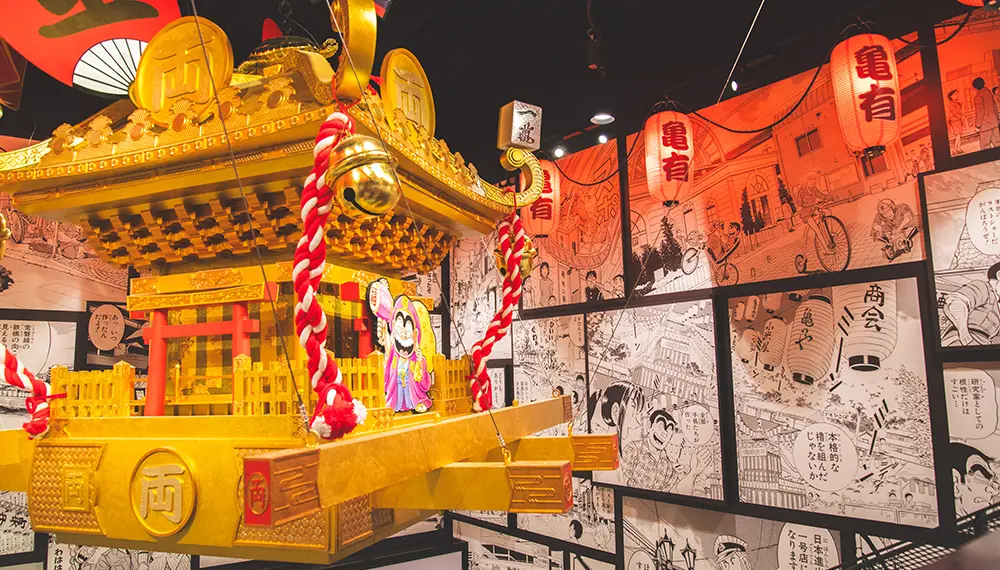
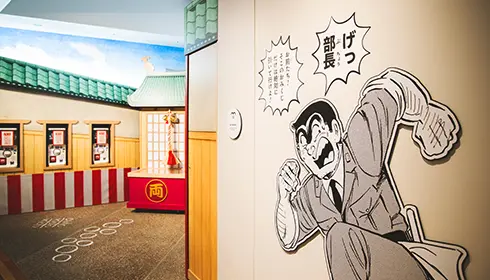
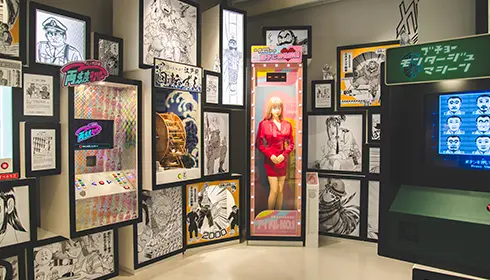
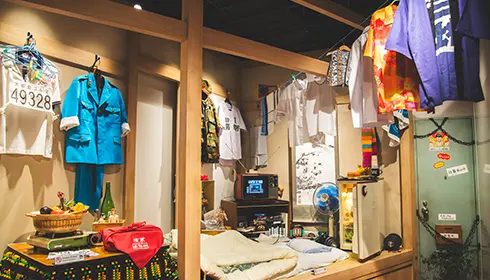
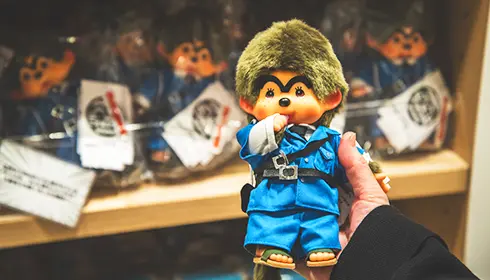
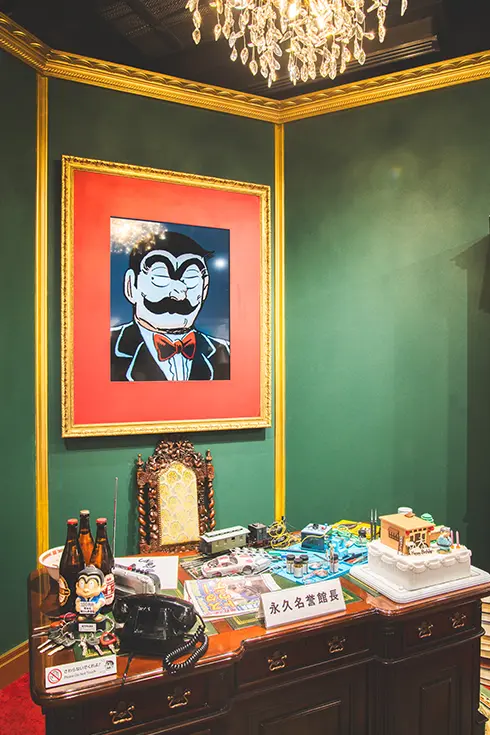
©OSAMU AKIMOTO, ATELIER BEEDAMA/SHUEISHA
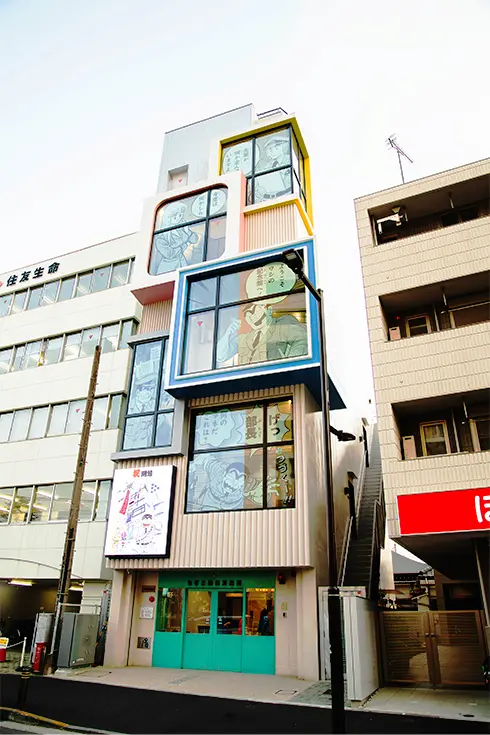
A longstanding confectionery store known for its Kochikame products — Katsushika Iseya Kameari Honten
Near Kochikame Museum, you can find Iseya, a shop selling wagashi—traditional Japanese confectionery. It's a family-owned business, currently run by the second-generation owner, Shogo Sato. Iseya sells original confections with Kochikame characters on them and is popular among visiting Kochikame fans.
These products include wagashi such as dorayaki, a small pancake-like confection with a sweet anko filling, as well as chocolate cookies and French sable cookies. The chocolate cookies are deliciously chewy and feature Kochikame characters on their packaging.
According to owner Sato, Iseya first started selling Kochikame-related sweets in 1999. Kochikame is a famous manga, so Sato struggled to get permission to sell branded products at his small confectionery shop. After the store began selling sweets with Kochikame characters on them, author Akimoto supported the store and even featured it in the manga itself. Akimoto still visits the shop from time to time. According to Sato, his customers have included police officers who told him they became cops because of their love for Kochikame.
While roasting dango, Sato talks to customers from around the world and shares stories about the manga and the neighborhood. There's a cafe inside the store, so you can sit down and relax. It's the perfect place to visit for delicious confections and travel stories.
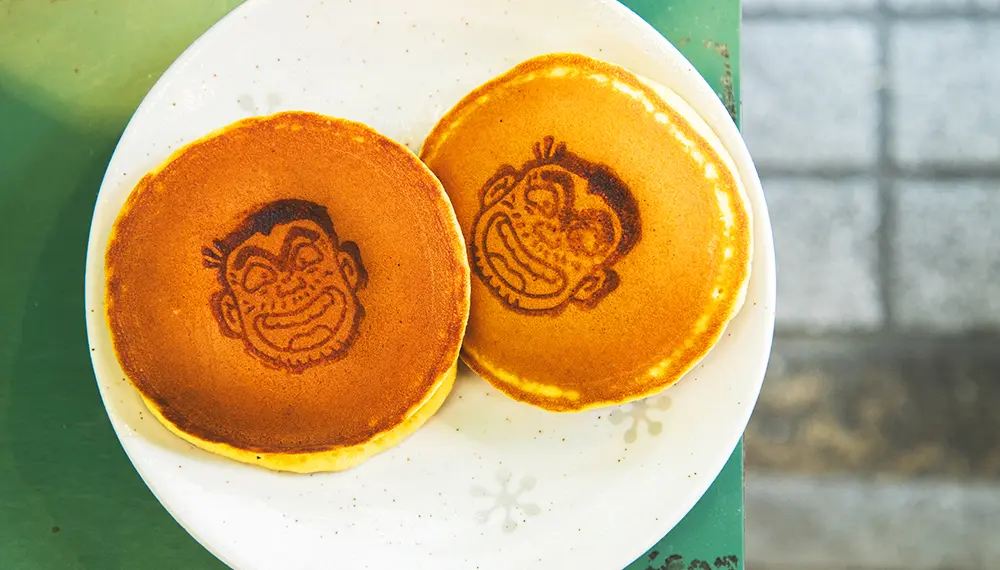
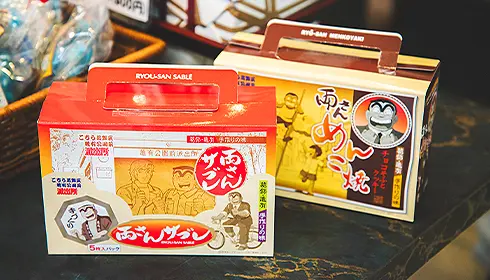
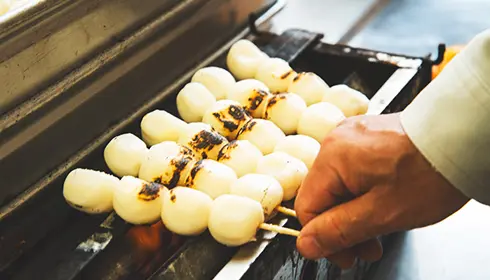
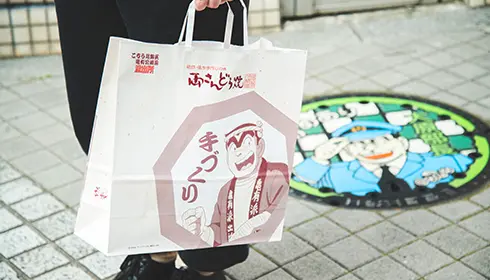
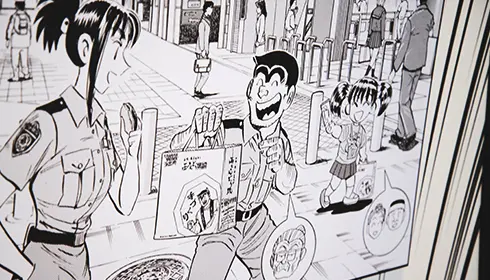
©OSAMU AKIMOTO, ATELIER BEEDAMA/SHUEISHA
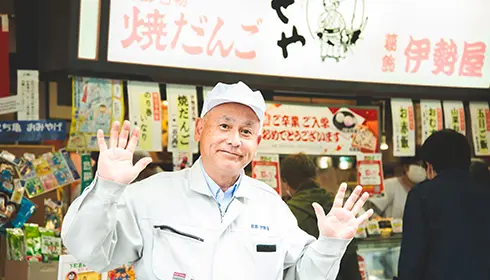
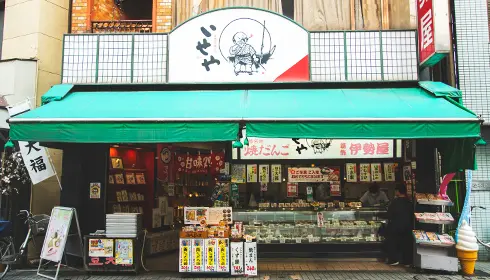
A new artistic destination under the train tracks — Pochikame, SKAC
If you're looking for new shops and cultural facilities, visit Pochikame, which utilizes the 800-meter-long space under the elevated train tracks between Kameari Station and Ayase Station. Still under development, Pochikame includes a discount store and an event space that hosts food trucks and workshops. One Pochikame facility is becoming increasingly popular: SKWAT Kameari Art Centre, or SKAC, home to a record shop, bookstore, cafe, and architectural design firm.
SKWAT is a collective that conducts artistic activities under the direction of architectural design firm Daikei Mills. It's known for working to identify and temporarily occupy societal "voids," before releasing them for general use.
In August 2023, SKWAT established SKAC and moved its base there from Aoyama to bring new artistic and cultural value to Kameari, which doesn't have Aoyama's established arts scene. The shops in SKAC serve as warehouses and stores for managing inventory that also welcome customers. They utilize construction materials and other reused items in artistic ways, as designed by Daikei Mills.
Within SKAC, you'll find a record store, Vinyl Delivery Service (VDS), with around 8,000 records for sale in-store. There are sections for recommended records and artistic displays of records only available for purchase online. The owner first opened a store in London because of the local music scene and sold Japanese records there. Now, he buys records in any genre and decides whether to sell them in the London or Kameari location.
Next to VDS is twelvebooks, a company that imports and distributes art books in Japan. Twelvebooks imports art-related books published outside Japan and uses its store in SKAC as a warehouse to store and manage its inventory. The warehouse sells books to customers and also ships books throughout Japan.
Walk through twelvebooks and you'll reach Tawks, a cafe that sells coffee drinks and vegan baked goods. You can order your drinks to go or enjoy them in mugs at an open indoor space next to the cafe, outfitted with tables and chairs. This indoor space is frequently redesigned by SKWAT.
Pochikame, including SKAC, is bringing new life and vitality to Kameari. A SKWAT member who moved to Kameari said that he's befriended the owners of a local pub and sushi restaurant, deepening his connection to the neighborhood. SKAC hosted a New Year's mochi festival that was popular with locals. And residents of nearby areas often go to VDS because it's one of the only record stores in eastern Tokyo.
Between Pochikame, the newly opened Kochikame Museum, Iseya, and community events, Kameari is drawing visitors with its unique local flavor and growing cultural scene.
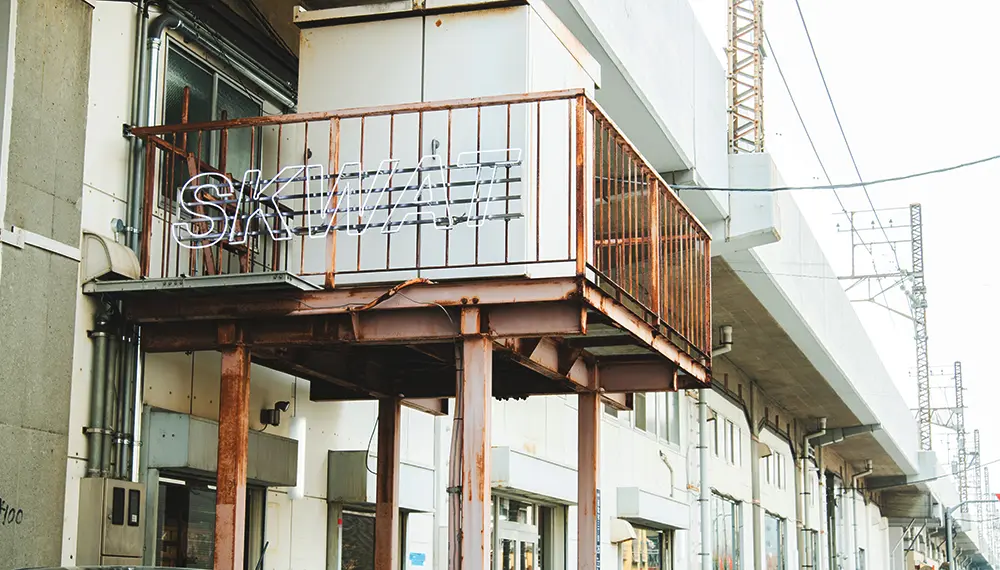
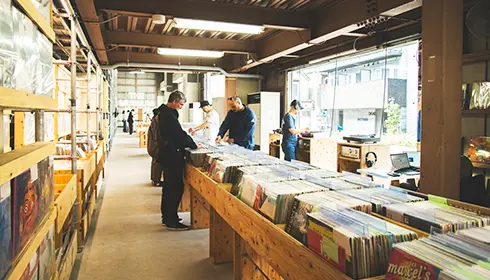
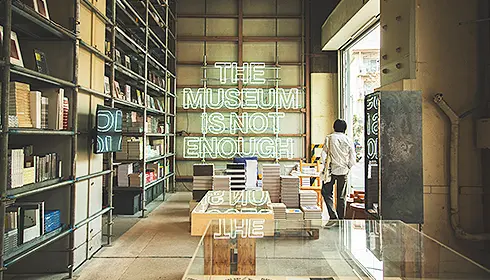
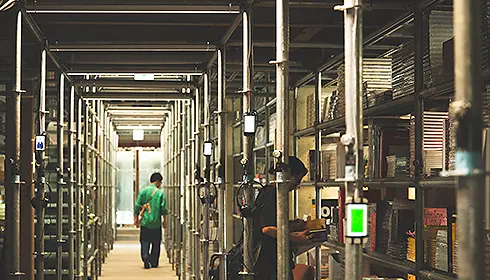
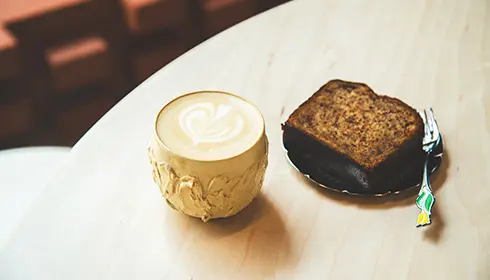
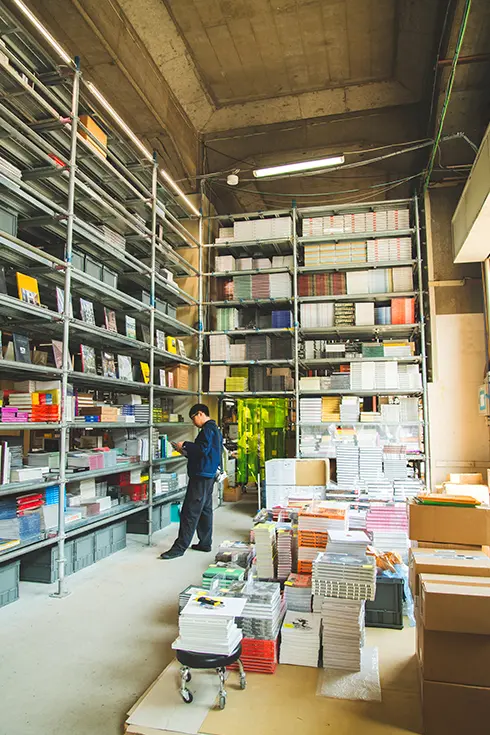
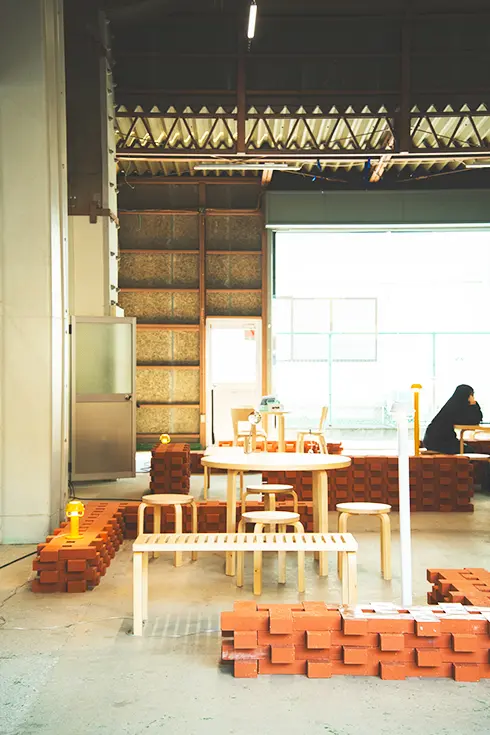
Kochikame Museum
| Address | 3-32-17 Kameari, Katsushika City, Tokyo |
|---|---|
| Others |
Kochikame Museum Official Online Ticket Sales https://www.e-tix.jp/kochikame-kinenkan/en/ *Tickets must be reserved in advance. *Same-day tickets may be available at Youroad Service Counter (3-21-6 Kameari, Katsushika City), three minutes on foot from Kochikame Museum. |
| URL | Kochikame Museum (JPN) |
Katsushika Iseya Kameari Honten
| Address | 3-32-1 Kameari, Katsushika City, Tokyo |
|---|---|
| URL | Katsushika Iseya Kameari Honten (JPN) |
Pochikame / SKWAT Kameari Art Centre (SKAC)
| Address | 3-26-4 Nishi-Kameari, Katsushika City, Tokyo (SKAC) |
|---|---|
| Others |
・SKWAT (JPN) https://www.instagram.com/skwat.site/ ・Daikei Mills (JPN) https://www.instagram.com/daikei_mills/ ・twelvebooks (JPN) https://www.instagram.com/twelvebooksdistribution/ ・Vinyl Delivery Service (JPN) https://www.instagram.com/vinyl_delivery_service/ ・Tawks (JPN) https://www.instagram.com/tawks___/ |
| URL | Pochikame (JPN) |
For updated information on opening hours, days closed, prices, and more, please check the official website.
